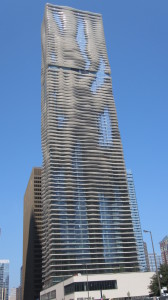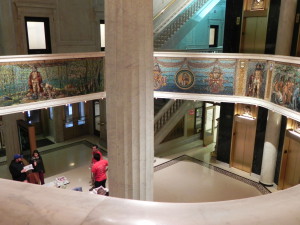
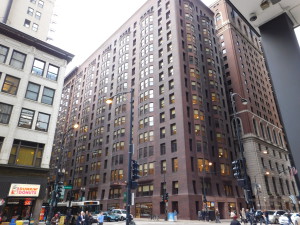
ARCHITECTURE THEN TO NOW – THE ART OF THE POSSIBLE Viewed as an expression of structure, form and content, architecture may seem to be a rigid profession, bound by rules, science, and technology, and generally lacking in vision and idealism. For the majority of early architects who used available materials and rushed to build the great American cities, being a visionary was not a part of their architectural vocabulary. What was needed was to build a structure with a limited budget, and do it quickly. But for the handful of great architects from then to now, their craft was anything but a dogmatic and unyielding job; for them architecture was a calling. Consider Jeanne Gang’s 2010 Aqua (R above), as a contemporary example, and (above) the 1895 Chicago School exterior and lobby of the Holabird and Roche Marquette Building, both in Chicago.
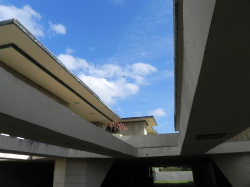 The greatest of America’s late 19th and early 20th century architects were unafraid to take risks, to become adventurers and boldly explore all that the science and technology of the era would allow. Also consider Frank Lloyd Wright’s little known Florida Southern College campus (L). By disregarding the comfort of endlessly repeating classical styles, they embraced an uncertain future, but they also knew that America as a new nation also needed to express its own architecture, just as did earlier civilizations.
The greatest of America’s late 19th and early 20th century architects were unafraid to take risks, to become adventurers and boldly explore all that the science and technology of the era would allow. Also consider Frank Lloyd Wright’s little known Florida Southern College campus (L). By disregarding the comfort of endlessly repeating classical styles, they embraced an uncertain future, but they also knew that America as a new nation also needed to express its own architecture, just as did earlier civilizations.
By imagining what their work would give to the future, they became visionaries in setting themselves apart from the conformity and classical repetition so characteristic of late 19th 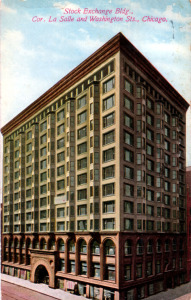
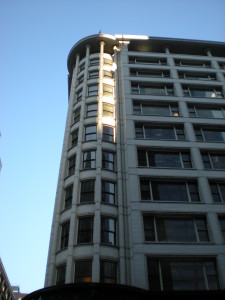
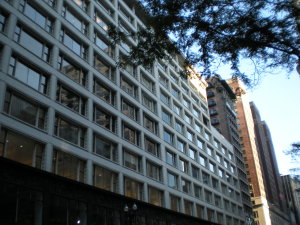 century architecture. Thus, they were also pioneers, never fully certain where the new direction would take them, their clients, or the environment they designed. In creating the new movement, to be called the Chicago School of Architecture, the early architects became adventurers, of whom none had more influence on the future than Louis Henri Sullivan. (L & above)1893 Chicago Stock Exchange and 1899-1904 Carson Pirie Scott).
century architecture. Thus, they were also pioneers, never fully certain where the new direction would take them, their clients, or the environment they designed. In creating the new movement, to be called the Chicago School of Architecture, the early architects became adventurers, of whom none had more influence on the future than Louis Henri Sullivan. (L & above)1893 Chicago Stock Exchange and 1899-1904 Carson Pirie Scott).
TWO OVERLOOKED MASTERPIECES After Carson Pirie Scott, Adler & Sullivan received few major commissions, caused by a combination of a change in styles, disagreements between the partners, and Sullivan’s continuing emotional problems and alcoholism. After the turn of the 19th to the 20th century, most of Sullivan’s commissions consisted of nine small but powerfully expressed banks in small Midwestern towns built between 1908-20 – his “jewel box” banks, and one final work of greatness in Chicago’s Lincoln Square neighborhood. Although mostly re-purposed, all of the one-time banks still stand, as does a final work of daring and inspiration, Krause Music store. The banks and the award-winning former music store validate the kinship between art and architecture.
